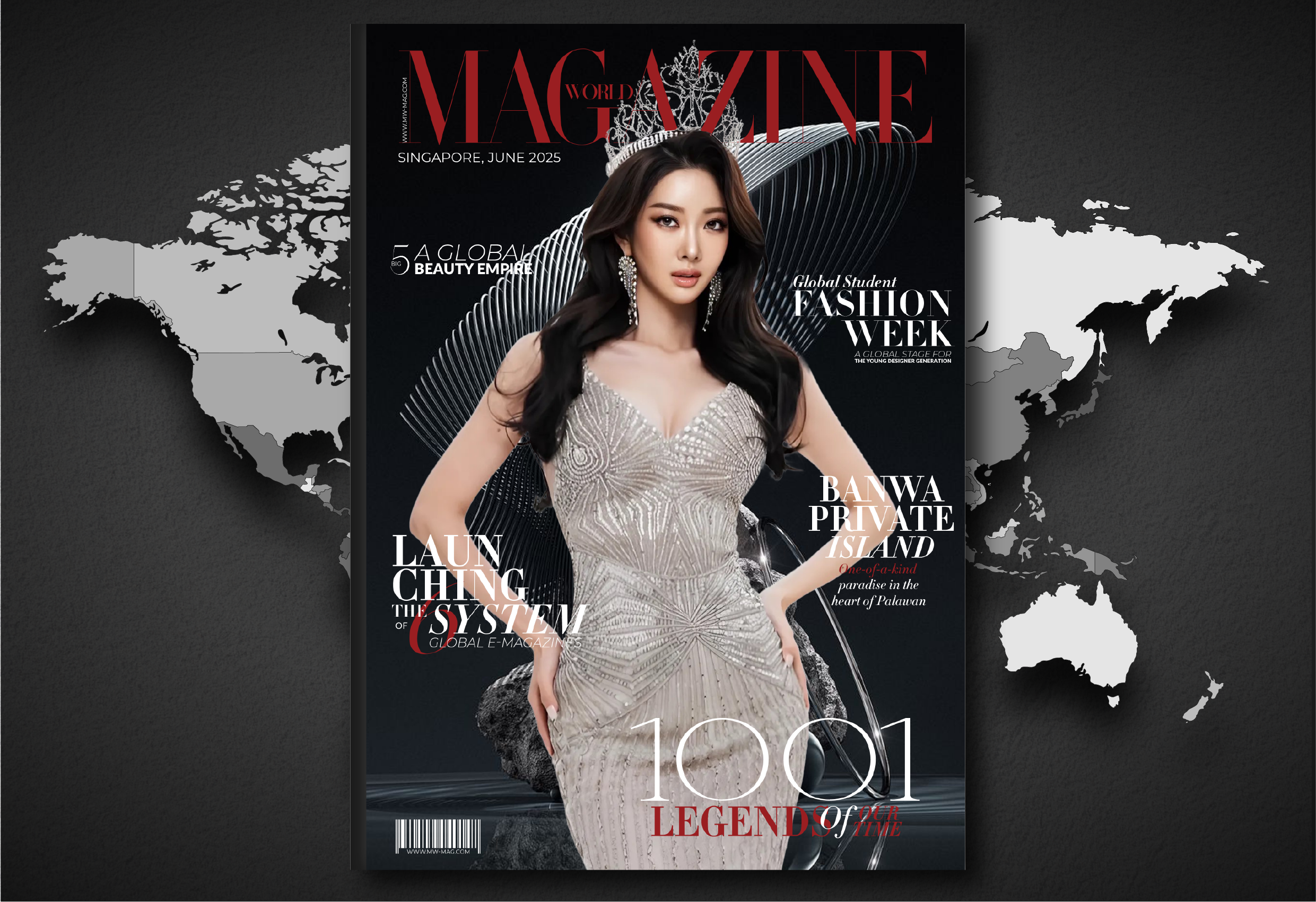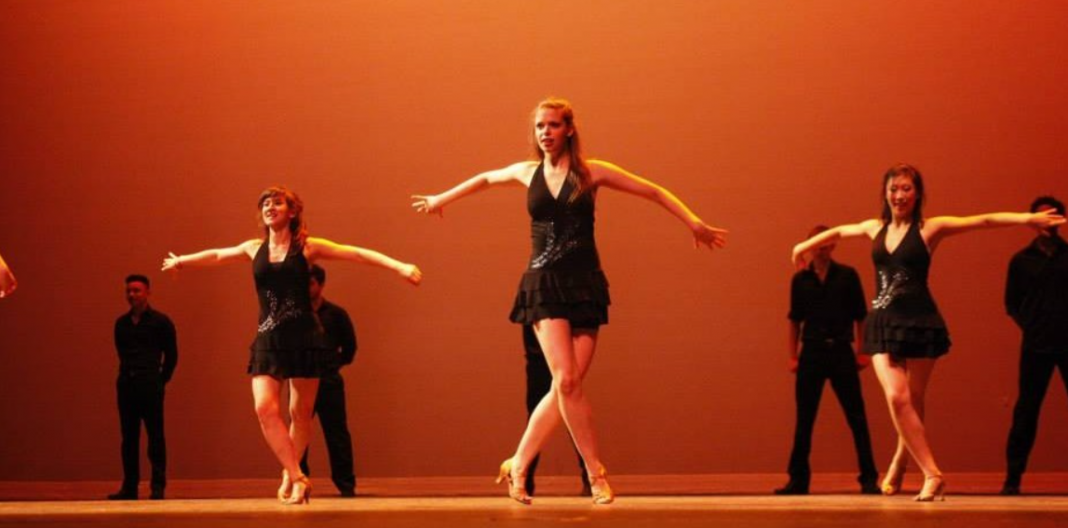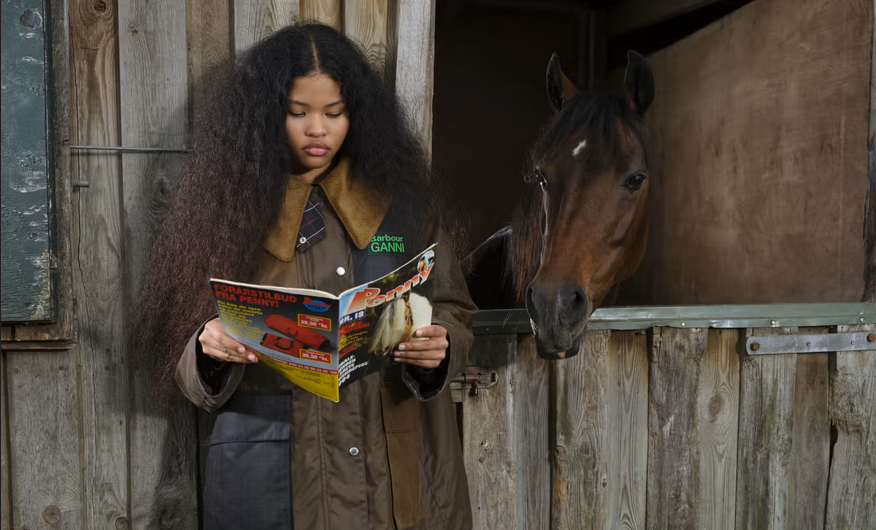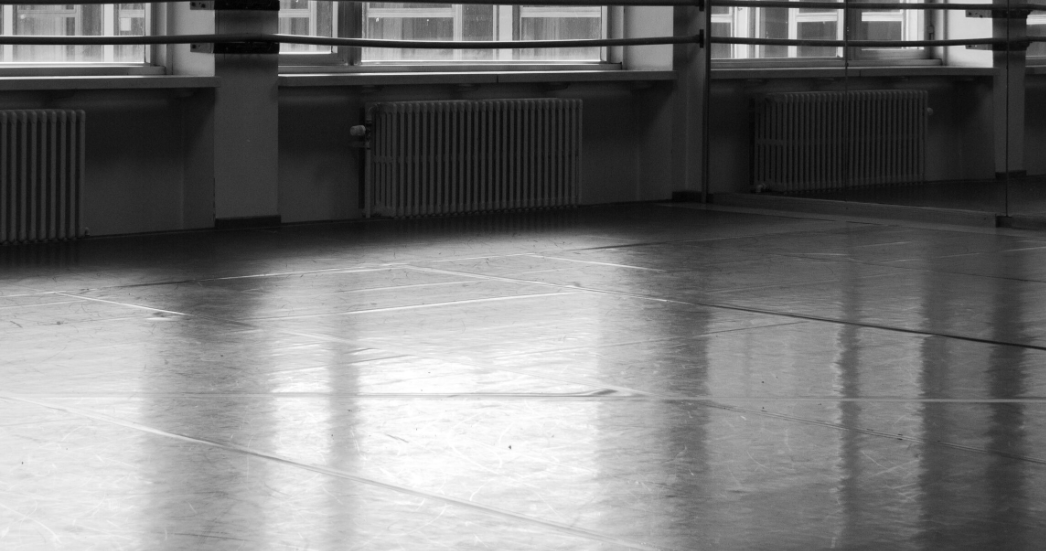It is Thursday and I am teaching my normal class as part of foundation’s Outreach&Education programme at Snehadaan. I split the students into groups, and ask them to make a small phrase of choreography to the lyrics of a Hindi song that one of my friends gave me. As the second group starts performing, something about their movement catches my eye. The five boys are standing with their feet apart and their hands on their collars, shaking their shirts back and forth. The previous groups of boys also used this step in their choreography. It hits me that they are not using their own movement, but rather someone else’s.
“Stop!” I say and run over to the speakers to pause the music. “Where did you get this movement?” I ask them, showing them the step, grabbing my shirt collar and shaking it back and forth. “Did you make it up yourself?”
“No.” One of the boys replies. “One teacher came and taught it to us in a workshop.”
Looking at the students, I realize that they are encountering the same struggle that I had previously experienced as a student of choreography. They are eager to insert steps that teachers have taught in previous workshops. They take these steps that they had seen before and string them together in various orders to create a dance. I try and tell them that they cannot do this move, and some of them get easily discouraged.

I also remember becoming frustrated when my dance professors in my choreography classes at Duke University told me that I couldn’t include certain steps in my dances. It bothered me because I did not feel that I was performing ‘notable’ pieces of choreography without the technical leaps and high kicks that I am used to dancing during jazz routines. Even today, at the college level, many students struggle with originality. Obviously I understand the importance of practicing and performing the techniques of classical dances. These styles are the basis for all dances that exist today, and current dance would look dramatically different without the previous techniques. However, as choreographers, we must learn to create our own vocabulary of movements that correctly expresses what we want to portray. Otherwise how will we achieve originality and innovation? And eventually, after much labor, I realize how important it is to find my own voice in my movements and choreography.
Asking the children to create their own movement is very advanced, and I do not expect them to absorb all of these ideas in a span of two months. To help the students with their frustration, I change my tactic. Rather than telling them that they cannot do certain steps, I ask them to change something about the step and make it their own. This way, they can draw on previous dance experience, while still working hard to create a piece of choreography that they are proud to call their own.
Hopefully, with this experience, the students will begin to appreciate the value of creating their own steps. Even if none of them become professional choreographers, they will start to see how they can apply this creativity to the rest of their lives.






